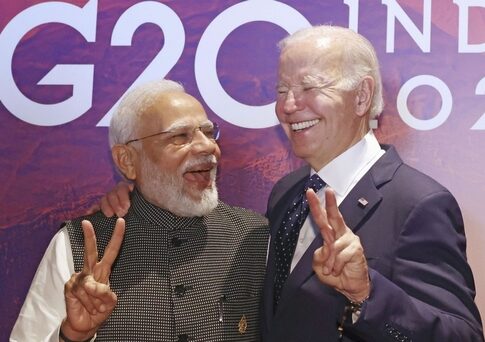When Donald Trump planned to leave Afghanistan, he had no intention of leaving military equipment behind. However, this occurred during the Joe Biden administration. Trump is now attempting to reclaim seized US military equipment by the Taliban. The equipment remaining is estimated to be worth around $7 billion.
U.S. Equipment in Taliban Hands
The Taliban seized a significant amount of US-supplied equipment after the US military withdrew from Afghanistan. This includes helicopters, firearms, and ammunition. Allegations that the Taliban now control assets worth $80-85 billion are exaggerated. While the United States has spent $83 billion on Afghan forces since 2001, the costs include training, operations, and pay. Between 2002 and 2018, the equipment portion totaled approximately $18 billion.
The exact value of the Taliban-owned equipment is unknown. President Trump criticized the Biden administration’s withdrawal strategy, but the vacuum is the result of a pact his administration signed. President Trump urged the Taliban to return this equipment, which they flatly denied.
Thank you for saying this. Now please put the money where your mouth is.
Trump vows to recover US military equipment from Taliban | Amu TV https://t.co/A27N4wFFBW
— Murtaza Solangi (@murtazasolangi) January 21, 2025
Efforts to Retrieve Equipment
Former President Trump said, “If we are going to pay billions of dollars a year, tell them we will not give them the money unless they return our military equipment.” However, experts agree that recovering these assets poses formidable logistical challenges. Randall, a military logistics expert, stated that extracting even a single piece of equipment from Afghanistan necessitates meticulous planning and authorization, further complicating the situation.
“To return it, just logistically, he will need to send a team to analyze and verify the equipment that is being discussed. His team will have to secure either some degree of overflight landing or agreements. This will always remain a critical issue, as it has been during the peak of US involvement in Afghanistan—how you get equipment in and out of Afghanistan.” – Randall
Relations between Kabul and the Trump administration have started on shaky ground, with no major plans revealed. The Taliban’s growing international support jeopardizes any potential agreement for equipment retrieval. Additional aid to Afghanistan is also handled with caution to avoid unintentionally empowering the Taliban.
Let me take a wild guess how this turns out. Russia confiscates the equipment from the Taliban and Trump gives Russia the money the US sanctioned and stole from Russia, back. Equipment is returned unharmed. https://t.co/LP0HcIG2qn
— Linda P. Jones (@LindaPJones) January 23, 2025
Strategic and Political Implications
The decision to leave military equipment was partly based on cost-effectiveness. Returning certain machinery was less feasible than disassembling it. Analysts argue that advanced US weapons should be provided to the Taliban to combat ISIS-K, implying even more complex international dynamics. With future strategies yet to be defined, the US must strike a balance between security interests and humanitarian responsibilities.
Despite these challenges, the abandonment has sparked a national discussion about foreign policy and strategic oversight. As Afghanistan regroups, the United States faces a new era of geopolitical strategies, which could alter international defensive posture. However, strong international agreements and policies to maintain regional stability and security are becoming increasingly important.
Sources:

